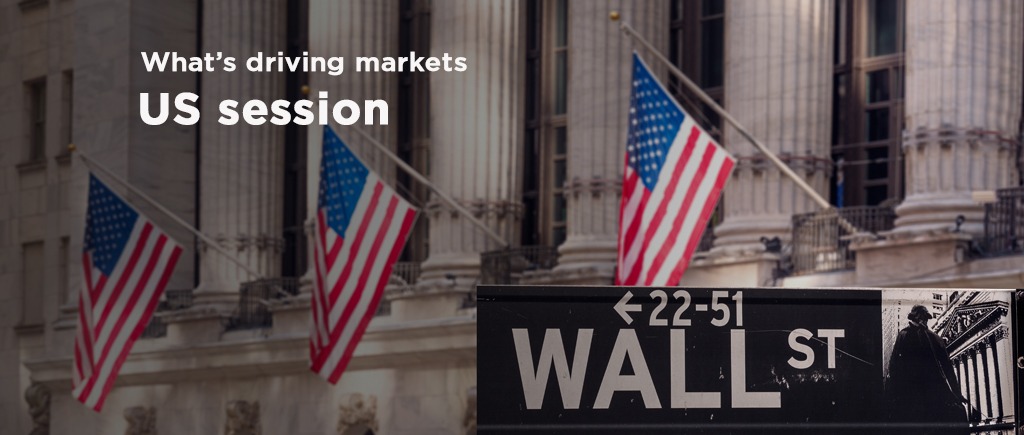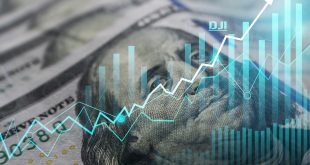The US Dollar is strong at the end of Tuesday after intraday reverse that kept it in the red territory for most of the US trading session. The American Dollar extended its advance against its safe-haven rivals, with USD/CHF now quoting at 0.9960 and USD/JPY at 145.80.
US Treasury bonds fell sharply at the beginning of the day, pushing yields to fresh highs. The yield on the 10-year Treasury note peaked at 4.0%, while that on the 2-year note reached an intraday high of 4.35% ahead of the opening.
Wall Street struggled to recover but failed. The Dow Jones Industrial Average started the day positive and, at some point, was roughly 300 points up. It trimmed all of its gains ahead of the close, while the S&P500 and the Nasdaq Composite spent the day in the red.
EUR/USD trades around 0.9710, while GBP/USD retreated towards 1.1000. Commodity-linked currencies also trimmed gains, with AUD/USD now trading in the 0.6270 region and USD/CAD at around 1.3800.
Gold prices flirted with $1,684 per ounce but soon retreated ahead of the close to settle at $1,666 per ounce. Crude oil prices extended weekly decline after US officials asked Saudi Arabia to delay OPEC+ production for a month, a request that was dismissed by the Saudis. WTI now changes hands at $88.40 a barrel.
Economic Data
The UK’s official jobless rate dropped to 3.5% in August vs. the 3.6% expected while the claimant count change showed an unexpected jump in the reported month, the data from the Office for National Statistics (ONS) showed on Tuesday.
Other Developments
US Federal Reserve Cleveland President Loretta Mester reiterated on Tuesday the same Fed’s hawkish message and said that the biggest risk is that the Fed does not hike rates enough, adding that she does not expect the central bank to lower rates in 2023. Finally, she added that fighting inflation is painful “but must happen.”
On Wednesday, the EU’s economic calendar will reveal the Industrial Production (IP) for August, with monthly and yearly figures estimated to persist in negative territory. On the US front, the calendar will feature the Producer Price Index (PPI) for September alongside Fed speaking.
The International Monetary Fund (IMF) chief economist Pierre Olivier Gourinchas said the worst is yet to come and that 2023 could be a very bad year in terms of global growth.
Ahead of the US close, BOE Governor Andrew Bailey stirred risk aversion. Among other things, he said that the Financial Policy Committee took the decision to intervene in the financial market after noting market volatility surpassed bank stress test. Bailey also said that they are facing unprecedented volatility in the long end of the bond market. The comments triggered aversion, sending Wall Street into the red territory and the US Dollar back up.
The US will publish the September Consumer Price Index is expected to have risen at an annualized pace of 8.1% in September, easing from 8.3% in the previous month. However, core inflation, excluding volatile food and energy prices, is foreseen increasing by 6.5%, higher than the previous 6.1%.
Also Read
EUR/GBP benefits from remarks by BoE’s Bailey
General Motors launching energy products
Why Is IMF Warning Of Tough 2023?
Stocks rise as investors await inflation, earnings updates
Fed’s Mester: Risk ahead if Fed doesn’t sufficiently hike rates
BoE accepts GBP 1.363 billion offers in bond purchase
 Noor Trends News, Technical Analysis, Educational Tools and Recommendations
Noor Trends News, Technical Analysis, Educational Tools and Recommendations





